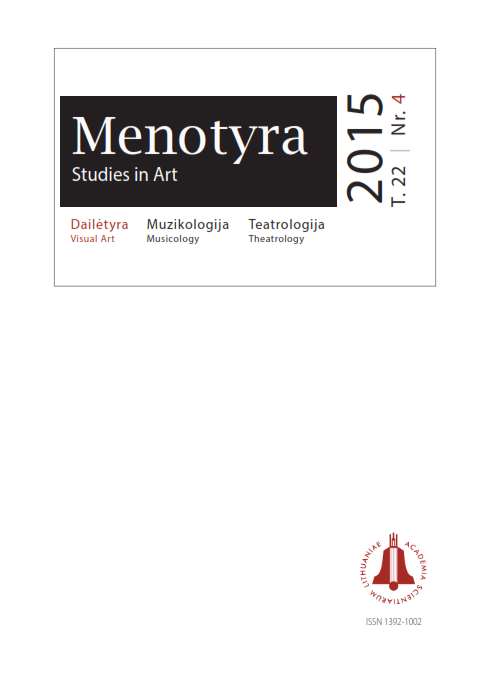Ignacas Kliukovskis ir jo neparašyta Visuotinė meno istorija
Ignacy Klukowski and his unwritten General History of Art
Author(s): Rūta JanonienėSubject(s): Visual Arts
Published by: Lietuvos mokslų akademijos leidykla
Keywords: Ignacy Klukowski; Edward Jan Römer; Bronisław Zaleski; history of art; Great Emigration; Vilnius University; Paris
Summary/Abstract: This article discusses the character of an artist Ignacy Klukowski (1803–1862), gives new bio- graphical elements, and presents his not-well-known activities as an art researcher and art historian. Klukowski was born in Vilnius, studied art and law at the University of Vilnius, and, most likely inspired by a fellow historian Joachim Lelewel, who was also avid for art history, start- ed collecting facts for the General History of Art. Due to his participation in the uprising of 1830–1831, Klukowski was forced to emigrate to France in 1832 (he lived in Paris in 1837). Then, during 1848–1849, he was visiting Italy and organizing Polonian legions established by Adam Mickiewicz. After continuously gathering material on art history, he started processing and writing only from 1861 urged by his old friend Edward Jan Römer. Klukowski did not print out his works, his planned General History of Art remained incomplete, leaving only parts of it in letters to his friends Römer and Bronisław Zaleski. Now, these letters are kept in the Library of Czartoryskich, Krakow.According to Klukowski, idea and imagination are the basis of creation, and the whole evolution of art is based on the origin of generations and on the main changes in human mind, intelligence and psyche. In addition, utmost importance was given to geographical locations, climate, nature and their relationship with local traditions. He divided art history into three parts: Ancient Eastern, Greek-Roman, and Christian (Byzantine, Middle Ages (15–16th c.), the period of art recession (17–18th c.), and the period of efforts of art salvation (19th c.)). He appreciated the Italian art of the 15–16th centuries and the German art of the 19th century. Klukowski’s manuscripts reflect romantic, idealistic, individual ways of perception as a result of a lifetime self-wandering struggle.
Journal: Menotyra
- Issue Year: 22/2015
- Issue No: 4
- Page Range: 290-305
- Page Count: 16
- Language: Lithuanian

